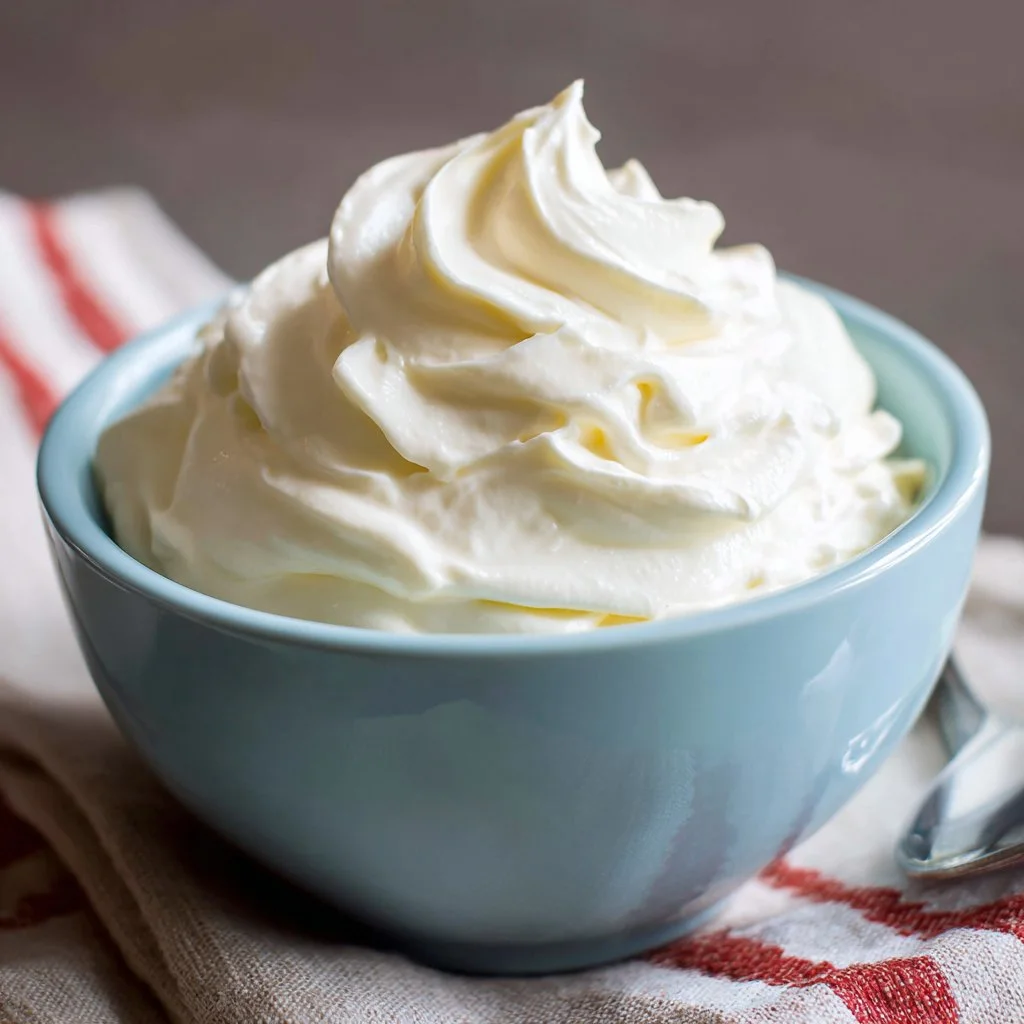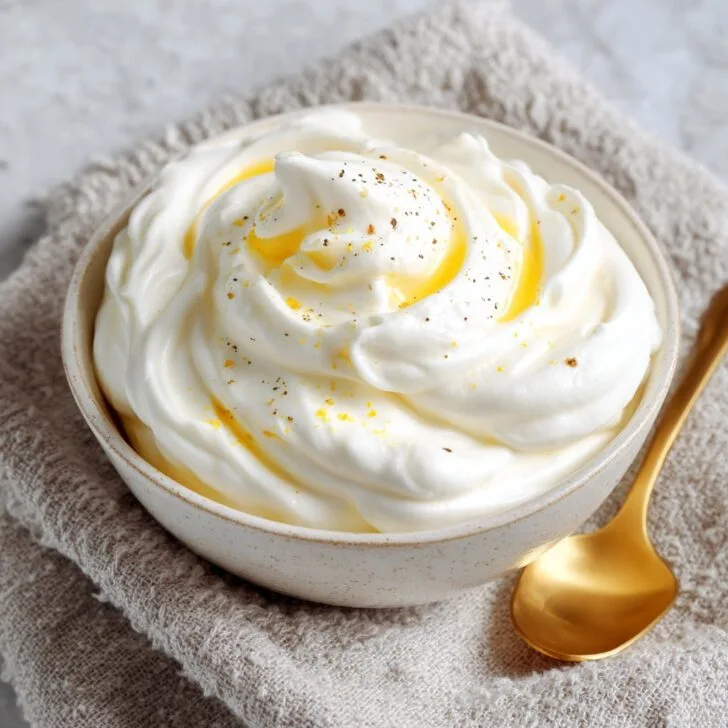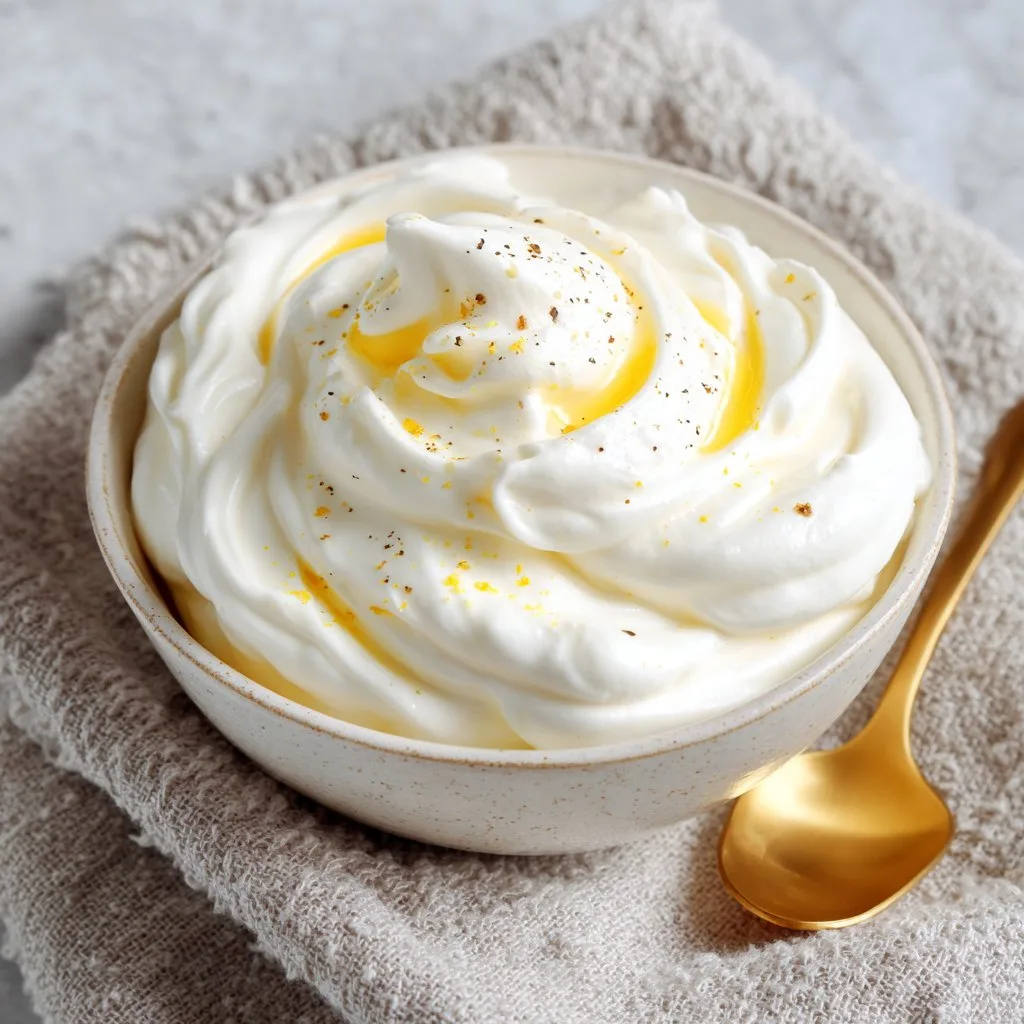Hey y'all! If you've ever run out of sour cream mid-recipe or just crave a homemade touch, you're in for a treat. Learning how to make sour cream at home is surprisingly easy, and the result is a lusciously creamy, tangy delight that elevates everything from tacos to baked potatoes. With just two main ingredients, this versatile kitchen staple is perfect for dips, baking, or simply spooning over your favorite comfort foods. Let's get cooking!
Why You'll Love This Homemade Sour Cream
- Super simple, just two main ingredients and almost no prep time!
- Made with fresh, wholesome ingredients—no preservatives or additives.
- Customizable thickness and tang for all your tastes and recipes.
- Saves money and reduces last-minute grocery runs.
- Perfect for gluten-free, vegetarian, and low-carb diets.
Ingredients for How to Make Sour Cream at Home
- 1 cup (240 ml) heavy cream (preferably pasteurized, not ultra-pasteurized)
- 2 teaspoons (10 ml) freshly squeezed lemon juice or white distilled vinegar
- 2 tablespoons (30 ml) whole milk or buttermilk (for culturing)
- Pinch of salt (optional, for flavor)
Step-by-Step Directions: How to Make Sour Cream at Home
Step 1: Mix the Ingredients
In a clean glass jar, whisk together the heavy cream, lemon juice (or vinegar), and whole milk (or buttermilk) until well combined. Add a pinch of salt if desired.
Step 2: Let It Culture
Cover the jar loosely with a lid or a clean kitchen towel. Leave it at room temperature (around 70°F/21°C) for 24 hours. The mixture should thicken and develop a pleasant tangy aroma.
Step 3: Chill and Serve
After 24 hours, give your homemade sour cream a good stir, then refrigerate it for at least 2 hours to firm up. Once chilled, it's ready to use!
- Prep time: 5 minutes
- Inactive time: 24 hours
- Total time: 24 hours 5 minutes
- Yield: 1 cup (serves 8)

Notes & Tips for Success
- For best results, use fresh, pasteurized (not ultra-pasteurized) cream. Learn about why ultra-pasteurized cream may not culture well.
- Make sure your jar and utensils are very clean to avoid unwanted bacteria.
- Depending on your kitchen's temperature, culturing time may vary slightly—warmer rooms may need less time, cooler rooms a bit more.
How to Make Sour Cream at Home: Variations
- Greek-Style Sour Cream: Use half-and-half instead of heavy cream for a lighter, tangier texture.
- Non-Dairy Sour Cream: Substitute with full-fat coconut cream and a probiotic capsule (for culturing).
- Buttermilk Sour Cream: Use buttermilk as the culturing agent for extra tang and creaminess.
Required Equipment for Homemade Sour Cream
- 1 clean glass jar (pint-sized)
- Measuring cups and spoons
- Small whisk or spoon
- Kitchen towel or loose lid
How to Store Homemade Sour Cream & Shelf Life
Transfer your sour cream to an airtight container and refrigerate. It will stay fresh for up to 2 weeks. Always use a clean spoon to avoid contamination, and discard if you notice any off odors or mold.
Serving Ideas: How to Make Sour Cream at Home Shine
- Spoon over baked potatoes or nachos for creamy richness.
- Stir into soups, stews, or salad dressings for extra tang.
- Use in baking—think cakes, scones, and pancakes—for tenderness and flavor.
- Pair with your favorite dips or Mexican dishes like tacos and enchiladas.
Pro Tips for How to Make Sour Cream at Home
- Always use high-quality, fresh cream for the best texture and taste. Read more tips from The Kitchn.
- If your sour cream is too thin, let it culture a few more hours at room temperature.
- Stir gently—over-agitation can break the delicate texture and make it runny.
FAQs: How to Make Sour Cream at Home
- Can I use ultra-pasteurized cream for homemade sour cream?
- It's not recommended—ultra-pasteurized cream is often too sterile for culturing, resulting in poor thickening.
- Why didn't my sour cream thicken?
- Your kitchen might be too cool, or your cream may have been ultra-pasteurized. Try moving to a warmer spot or using fresh pasteurized cream.
- Is homemade sour cream safe to eat?
- Yes! As long as you use clean equipment and follow instructions, it's safe. For more on food safety, see the USDA guidelines.
Ingredients
- 2 cups heavy cream (preferably pasteurized, not ultra-pasteurized)
- 2 tablespoons buttermilk (cultured, full-fat)
- 1 tablespoon lemon juice (freshly squeezed)
- 1 teaspoon white vinegar
- ¼ teaspoon salt
- 1 tablespoon plain yogurt (with live cultures, optional)
- Sterilized glass jar with lid
Instructions
-
1In a medium bowl, combine the heavy cream, buttermilk, lemon juice, and white vinegar. Stir well to blend.
-
2Add the salt and plain yogurt (if using) to the mixture. Mix until fully incorporated.
-
3Pour the mixture into a sterilized glass jar and cover loosely with a lid or clean cloth.
-
4Let the jar sit at room temperature (around 70°F/21°C) for 24 hours, or until the mixture thickens and develops a tangy flavor.
-
5Once thickened, stir the sour cream, seal the jar tightly, and refrigerate for at least 2 hours before using. Store in the refrigerator for up to 2 weeks.
Approximate Information for One Serving
Nutrition Disclaimers
Number of total servings shown is approximate. Actual number of servings will depend on your preferred portion sizes.
Nutritional values shown are general guidelines and reflect information for 1 serving using the ingredients listed, not including any optional ingredients. Actual macros may vary slightly depending on specific brands and types of ingredients used.
To determine the weight of one serving, prepare the recipe as instructed. Weigh the finished recipe, then divide the weight of the finished recipe (not including the weight of the container the food is in) by the desired number of servings. Result will be the weight of one serving.
Did you make this recipe?
Please consider Pinning it!!


